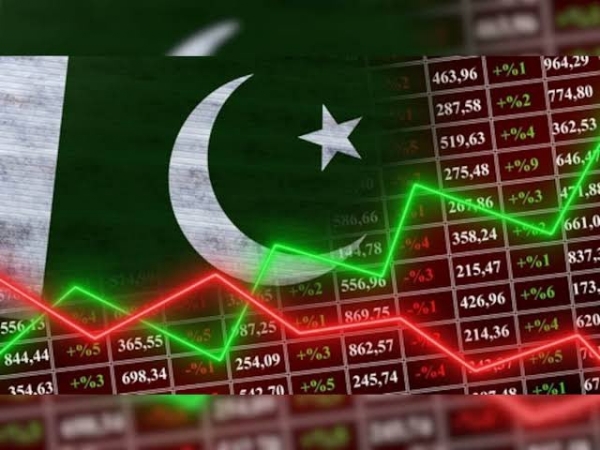Pakistan will have to pay $77.5 billion debt to Saudi Arabia and China by 2026: US Think Tank
Total Views |
Islamabad, Apr 08: Pakistan needs to repay $77.5 billion as external debt in the next three years, according to an analysis by the United States Institute of Peace (USIP). The amount is to be paid during the period of April 2023 to June 2026. A major portion of the repayments are due with the Chinese financial institutions and has to be paid in June when a $1 billion Chinese SAFE deposit and a roughly $1.4 billion Chinese commercial loan would mature.

Pakistan could default on its debt, which could lead to intensifying political turmoil amid already surging terrorism. The real danger is that nuclear-armed Pakistan with a population of nearly 230 million may be unable to meet its external debt obligations - which will trigger a sovereign default, the USIP analysis said.
The other dues that Pakistan has to repay include private creditors and Saudi Arabia. This mounting external debt amounts to considerable repayment pressure on the country. From April to June 2023, the external debt servicing burden is $4.5 billion, the analysis said. Pakistani authorities hope to convince the Chinese to refinance and roll over both debts, something the Chinese government and commercial banks have done in the past. Even if Pakistan manages to meet these obligations, the next fiscal year will be more challenging, as the debt servicing will rise to nearly $25 billion, the analysis said. This includes $15 billion of short-term loans and $7 billion in long-term debt, including a vital $1 billion repayment on a Eurobond in the fourth quarter. On the other hand, the short-term debt repayments include $4 billion in Chinese SAFE deposits, $3 billion in Saudi deposits, and $2 billion in UAE deposits. The Pakistani government assumes they will be rolled over by the creditors each year. Apart from this, Pakistan will need to repay another $1.1 billion of long-term commercial loans to Chinese banks.
If Pakistan ultimately defaults, there will be a cascade of disruptive effects. Crucially, Pakistan's imports could be disrupted, which could lead to a shortage of essential goods and commodities. And given Pakistan's demographic profile and surging terrorism threats, the resulting crisis could go in unexpected directions.